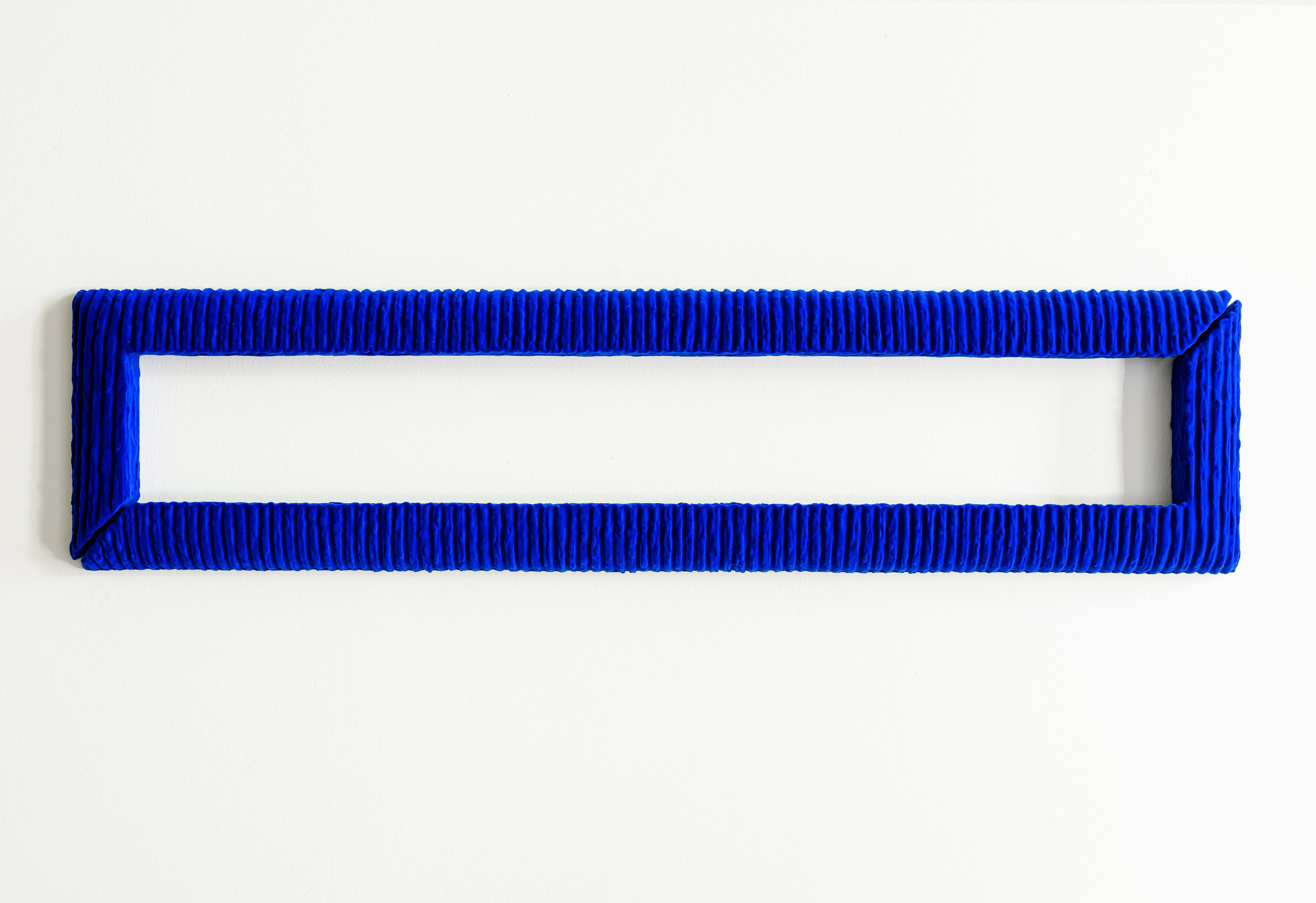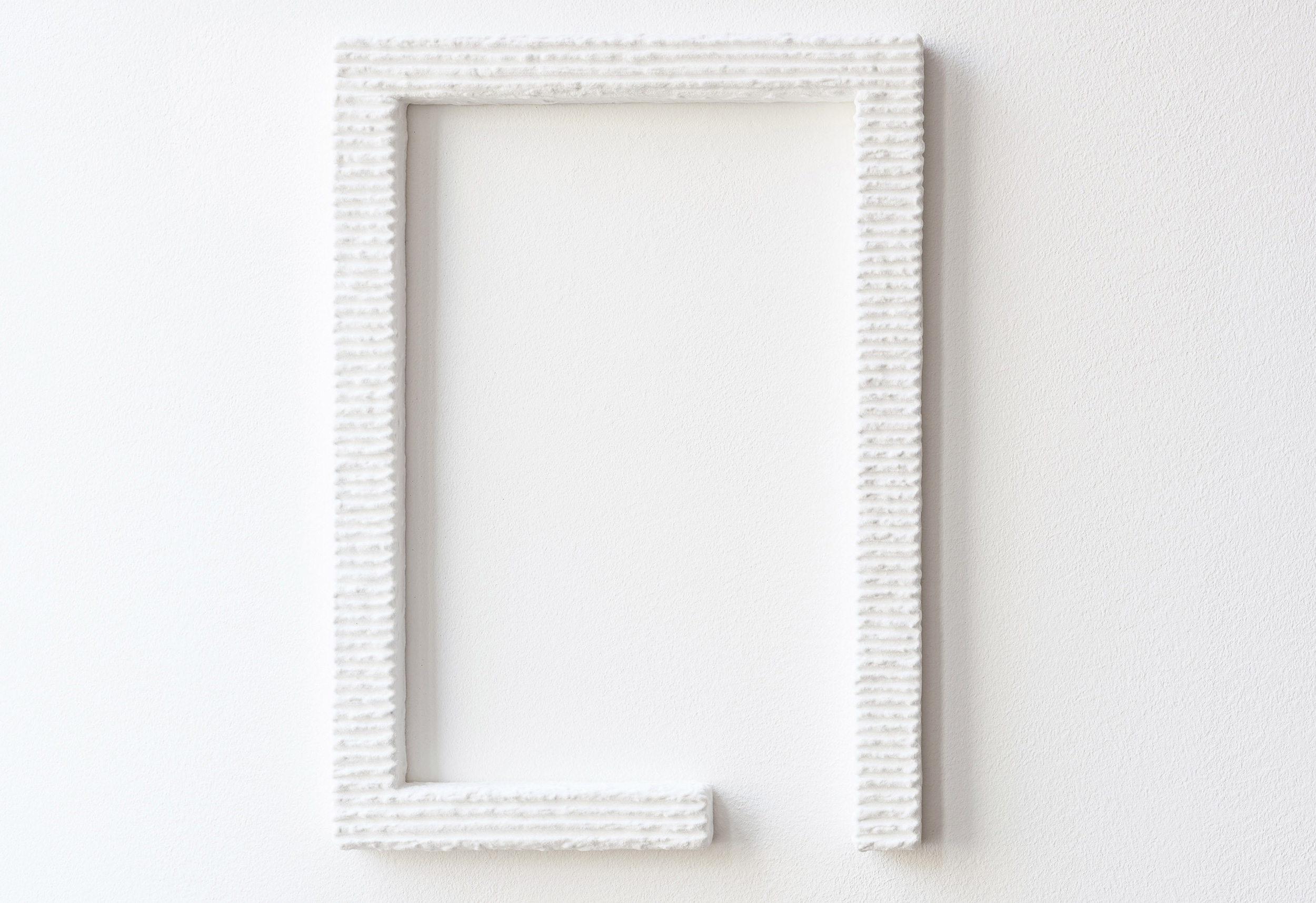PINO PINELLI
Four Decades of Rettangolo Tagliato
11 May – 11 Sep 2022
The new solo show of PINO PINELLI at TMH is a dazzling survey of his rettangolo tagliato, or “broken rectangle” paintings. In his sketches for TMH, Pinelli opted for fiery red and tone-neutral sequences. Starting with Pittura GR of 1976 as a centerpiece, and with his later works in a point/counterpoint dialogue, the radically monochromatic sweep of the show creates a sense of physical immersion. It highlights the works’ palpable embodiment of color (pittura con corpo) and their emotional, baroque effect.
TALKS + MUSIC
On the Art of Collecting, with British collector Chris Springham, 28 Aug 2022 / Seven Songs for a Summer Night, with singer Elise Lorraine and pianist Evert-Jan de Groot, 1 Jul 2022 / Marsha Plotnitsky reflects on Pinelli’s recent film, 5 Jun 2022
Download Press Release
Pinelli started out in Milan, where novel art practices in the 60s-70s, led by Lucio Fontana and later the artists of Arte Povera, powerfully merged pictorial history and contemporary aesthetics. It is precisely with the now famous Pittura GR “broken rectangles”—like the one on view at TMH—that Pinelli crystalized his own approach to painting. These breakthrough works from the 70s are each formed by four separate L-shaped elements of unprepared flannel in blank gray, eschewing a delimited flat surface, visible brush strokes, and all manner of adornment. Fragile and seductively mystifying, they open up to the surface of a wall instead of merely using it for support.
Over a 40-year career, Pinelli introduced other forms of wall configurations, but the rettangolo tagliato remains a touchstone—“the type of work that involves a lifetime,” in the artist’s view. These geometric monochromes, made of materials used in construction and layered with pigment, have thickness, a “body,” and invade the space in a play of shadow and dimension. They might come across as wall compositions or remnants of Baroque-inspired frames; the approach might be meta-painterly or painterly alluring; equally the texture might seem palpably velvet or razor sharp. At stake is not only the deconstruction of artistic conventions but the capacity, according to Pinelli, to locate meaning “detached from every device of a political or critical nature inherent to consumer society.
As with all great artists, Pinelli’s works find different resonances at different times. In the 70s-80s, he was recognized for his formal contribution to conceptual and analytical art, for his transformative use of color and texture in painting. Then it became about luminous eroticism and references to destructive volcanic forces, the ash and light of his native Sicily. And when TMH showcased a rettangolo tagliato in the group show Urban Image-Jitters during the pandemic, Pinelli’s “irrepressible yearning…to be beyond boundaries,” first noted by the poet Carlo Invernizzi, inspired a broader political reading.
Focusing solely on the artist’s frame-color gesture, Pino Pinelli: Four Decades of “Rettangolo Tagliato” lays bare how a familiar abstract form can transcend the familiar limitations of meaning, becoming strange and far-reaching. It celebrates Pinelli’s revolutionary role in the history of artistic innovation.
RETTANGOLO TAGLIATO
OTHER WORKS
BIOGRAPHY
Over the course of a long career, Pino Pinelli (1938, IT) has gained unparalleled acclaim for his contribution to contemporary painting. His idiosyncratic casts of pure color with an “invitation to touch” and disseminations in space have been exhibited in over one hundred personal shows in museums and institutions. He has participated in major international exhibitions, including the Venice Biennale in 1997 and 1986, and is part of museum collections worldwide, most recently that of the Centre Pompidou in Paris. He had two large monographic surveys at the Museo delle Arti, Catanzaro, in 2017 and the Multimedia Art Museum, Moscow, in 2016 and a full retrospective, Pino Pinelli: Painting Beyond the Limit,at the Palazzo Reale—Gallerie d’Italia, Milan, in 2018. In 2021, he was prestigiously featured at Art Basel Unlimited. Pinelli lives and works in Milan.



























